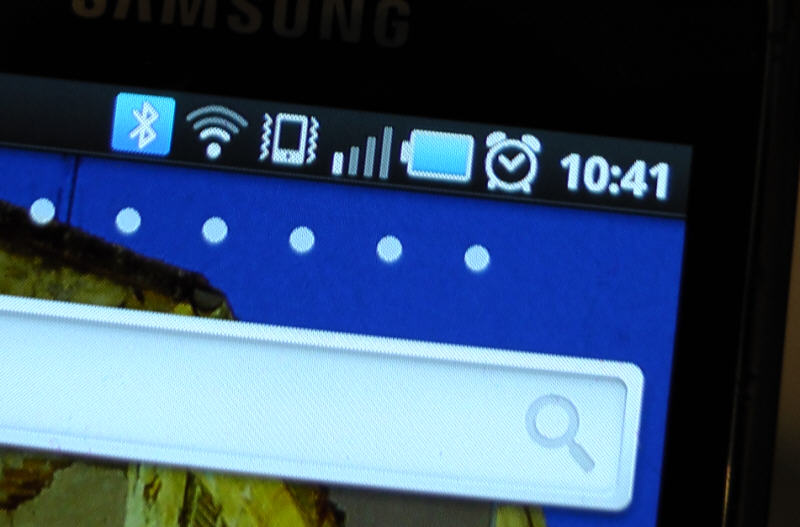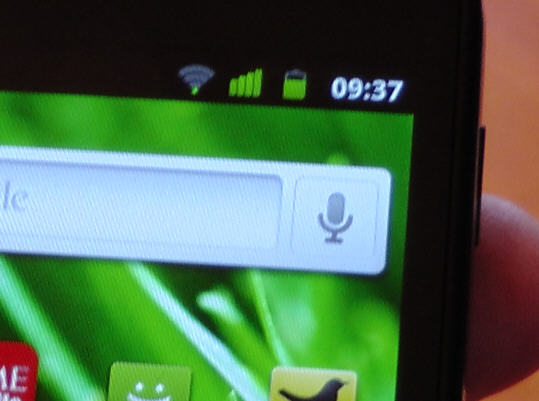With the advent of femtocells in our mobile world, complaints about poor mobile signals in your home or office and users having to walk to different points in the building to get a decent signal, should be a thing of the past.
I had heard of these femtocell networks years ago, but at the time they sounded more theory than reality. Your own private mobile network in your home sounded like a nice aspiration but far ahead into the future. I was wrong.
The numbers so far are staggering. Femtocells already outnumber conventional cell masts in the US, where there are 350,000 femtocells and 256,000 macrocells.
As mobile data traffic continues to rocket, femtocells are set to become a vital component of next-generation mobile broadband deployments and will prove vital to LTE or 4G rollouts. Informa Telecoms & Media predicts there will be 114m mobile users worldwide accessing mobile networks via femtocells by 2014.
Registering your femtocell
When Vodafone launched its first femtocell offering in Ireland, entitled Sure Signal, I couldn’t wait to get my teeth into it. Unfortunately, a few mixed signals – not of the cellular kind – meant my device wasn’t registered to my phone and I had to wait a day or two to get going. But this brings me to the most important point anyhow – registration.
Vodafone is planning to release the product to market in the coming weeks and users can pre-register for their device online or in-store.
When you register you have the option of nominating up to 10 numbers in your household or office. Once you get the message from Vodafone that your device is ready to use you simply plug it in and connect it to your ADSL router, wait for 60 minutes and hey voila, it should result in a mobile signal in your home that has advanced to full five bars coverage consistently throughout.
The technology works like this: by plugging into your DSL broadband, cellular deficiency in your immediate environment is resolved by the fixed-data network taking up the slack.
Since I’ve switched on the Sure Signal that has in fact been the case. I’ve had full five-bar coverage throughout my home from originally one or two bars that would often disappear into nothingness. Before now I had to be standing towards the front of my house in order to get a decent cellular signal – I live in the countryside so this has always been an issue. In the local pub, for example, the window sill is usually a collection of all manner of mobile devices where people are just trying to send or receive messages.
Sure Signal and devices like it should eradicate this kind of messing.
The femtocell future
But why do we need femtocells if cellular networks are modern and digital? Well, physics will always mean there will be places of poor coverage and things like network shadow. I put it to the Vodafone folk that these devices will become more common and will be key to future network investments like long term evolution or 4G mobile. They agreed and pointed out that public femtocells will emerge in the near future.
I also suspect that with one out of every two devices purchased on Vodafone’s network in December being smartphones, catering for devices that require steady 3G access will require the support of femtocells as thousands of people downloading and uploading simultaneously is a big challenge for operators.
The Sure Signal device that Vodafone brought to the Irish market is similar to Vodafone’s ADSL router: white plastic, red trim and a neat little light display at the front to tell you everything’s in working order. Comparing it to its UK counterpart, smaller, neater and more elegant looking. Another point worth making is it is a device manufactured by Alcatel-Lucent, whose Bell Labs R&D group in Blanchardstown, Dublin, has pioneered the development of femtocell technology.
As Vodafone said, the Sure Signal product will be hitting the market in the coming weeks and according to Vodafone Ireland’s consumer director, it is expected to retail for less than €100.
All in all, it is a great piece of technology that is relatively simple to install and should remove the headache of low coverage for householders, office workers and home workers.
Below: Before and after

